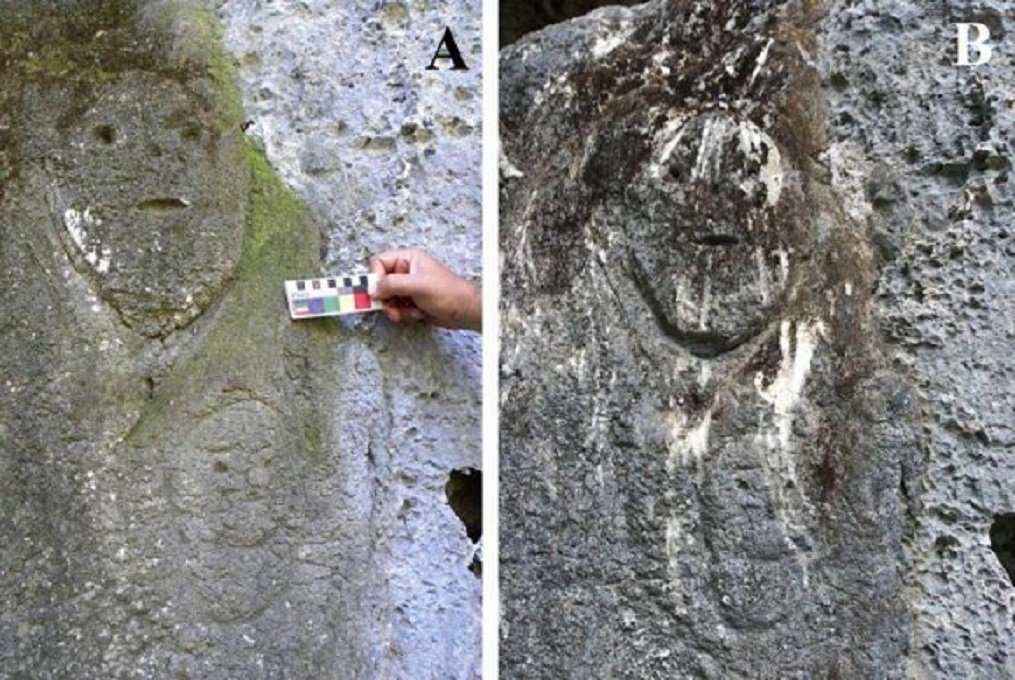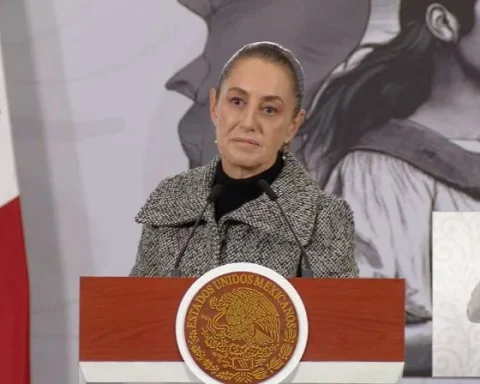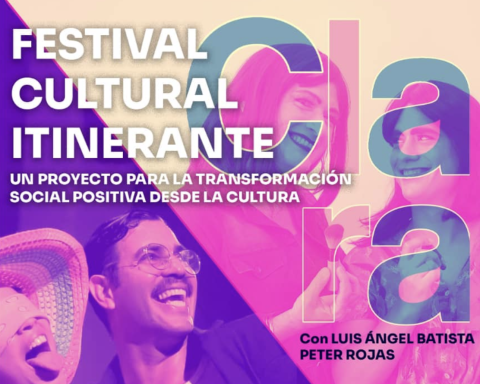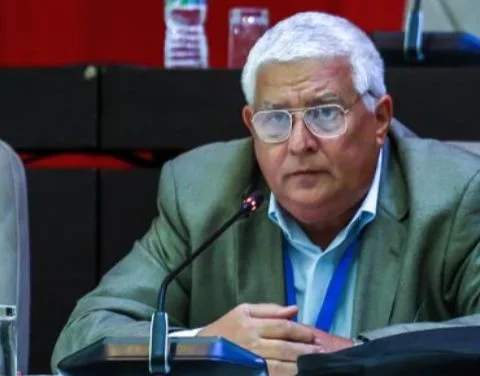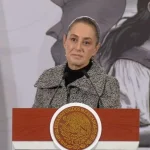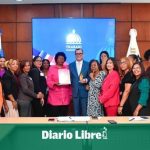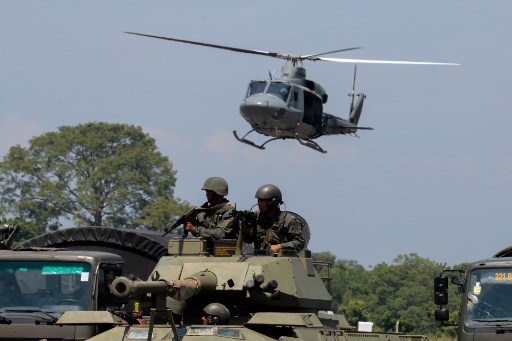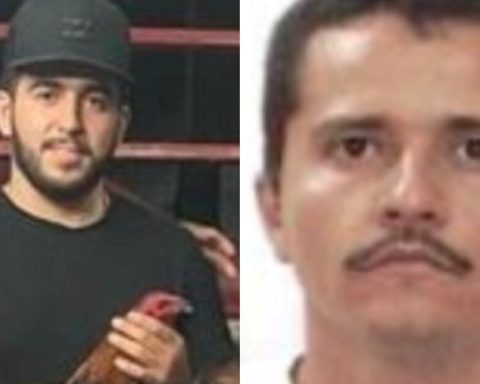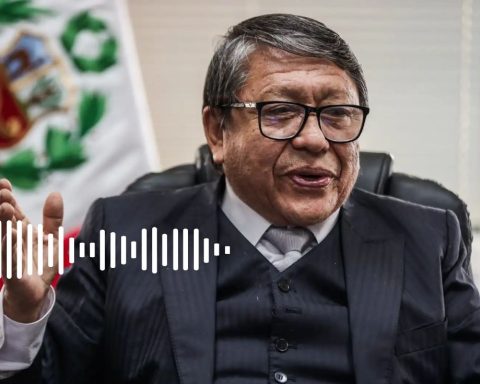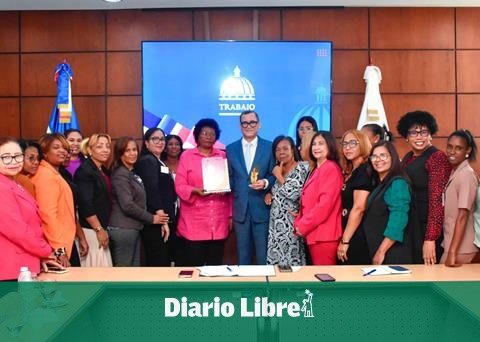Unidentified people vandalized a cave art site in the eastern Cuban province of Guantanamowhich was severely damaged according to specialists.
The damaged object is found in the rock art site known as Solapa No. 2 del Bagá and it is a petroglyph (stone carvings), located in a grotto in the emerged marine terraces of the area, about 4 kilometers to the north of the community of Maisí, as detailed a report from the official newspaper Granma.
The cave belongs to the Maisí-Yumurí Protected Natural Landscape, a protected area of national significance, approved by the Council of Ministers in 2021, which occupies a total area of 4,777 square kilometers and is managed by the provincial forestry company, the publication specifies. .
The damage to the place was discovered by the lawyer Alexis Morales Prada and the vandalism suffered consists of scratches in different parts.
The foregoing “confirms once again that the greatest threats to rock art in our country come from the actions of man, whether intentional or unconscious,” according to the Master of Science Divaldo Gutiérrez Calvache, president of the Speleological Society of Cuba and coordinator national of the Cuban Group of Researchers of Rock Art.
An atrocious action limits generations of Cubans to enjoy rock art in its essence.https://t.co/gKZluNwsZ8 @cubadebatecu #CubanHeritage@GuantanamoCult
— National Council of Cuban Cultural Heritage (@patrimonio_Cuba) July 9, 2022
“As it happens in other parts of the world, in Cuba graffiti is among the practices that most affect rock art, considered one of the most valuable treasures of human culture and a source of obligatory study to learn about the ways of life of our ancestors. , which captured in the pictographs and petroglyphs figures of animals, arrows, objects and scenes of their daily life, including alleged religious ceremonies and funeral rites, “explained Gutiérrez Calvache in statements collected by Granma.
The expert stressed that so far “not a few cases” of partial or total destruction of these heritage manifestations have been reported in various caves in the country.
“Along with the graffiti, in the field investigations we have seen signs, dates, words and drawings painted with pencil, lipstick and even engravings, made on top of the pictographs and petroglyphs, which denotes ignorance about the extraordinary cultural and historical value that these have. Unfortunately, it has gone so far as to deliberately erase them in a significant number of rock art sites,” he added.
In reference to the General Law for the Protection of the Cultural and Natural Heritage of the Republic of Cuba, approved in May by the Island’s National Assembly, the specialist stated that said legislation, which will enter into force six months after its publication in The Official Gazette, seeks to “eliminate the legal dispersion that existed regarding the protection of that patrimonial wealth of the nation, perfecting the mechanisms leading to its care and preservation.”
“What happened with the Maisí petroglyph should not be repeated, especially when the rock art site, where the unfortunate event took place, is within the national system of protected areas, which has, among its essential purposes, to preserve every trace of memory. historical, cultural and natural treasures”, concluded the specialist.
